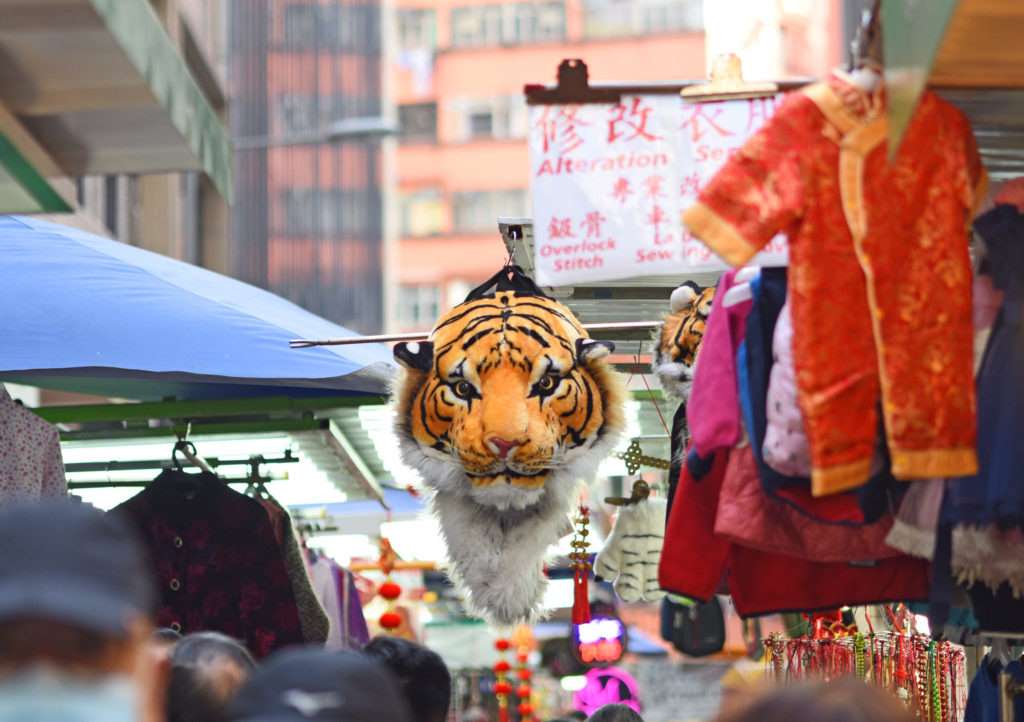"India’s current apparel market is estimated at $63 billion out of the $80 billion domestic textile and apparel market and is expected to grow at a CAGR of 12 per cent for the next 10 years to touch $180 billion. The domestic and export market is poised for double-digit growth owing to structural changes in the country and international events shaping global trade. There are many factors that have a strong impact on growth. One, is the strong population base with the largest GenY population in the world, coupled with a growing economy."

India’s current apparel market is estimated at $63 billion out of the $80 billion domestic textile and apparel market and is expected to grow at a CAGR of 12 per cent for the next 10 years to touch $180 billion. The domestic and export market is poised for double-digit growth owing to structural changes in the country and international events shaping global trade. There are many factors that have a strong impact on growth. One, is the strong population base with the largest GenY population in the world, coupled with a growing economy. Urbanisation and rurbanisation are other important factors shaping the Indian consumer spending habits. Citizens are migrating from rural to urban areas in search of job opportunities and better amenities, while steps are also being taken to improve facilities in rural India. The ballooning middle class is also boosting Indian consumption patterns. Increasing brand awareness and penetration of brands to tier-II, tier-III and tier-IV cities have largely contributed to a shift in buying pattern from need-based to aspirational buying.
Gaining strength in global market

The Indian textile industry is witnessing positive growth not only in the domestic market but also in the internationally. Currently, India has a share of around five per cent in global textile and apparel trade, which stood around $765 billion in 2016, while China has a share of 36 billion. The Chinese apparel market is expected to grow at a CAGR of 10 per cent over the next few years and become $615 billion market by 2025 from the current market size of $237 billion. The focus of the Chinese industry is expected to shift from exports to catering to the increasing domestic market. Given the shift in Chinese focus, India has the opportunity to expand its presence in the international market as well.
Changing landscape of Indian economy
The government allowed 100 per cent FDI in the retail sector under the automatic route with a clause to source around 30 per cent of the merchandise locally. This has not only attracted international brands but also boosted domestic manufacturing. The GST will further catalyse in making the unorganised segment of this industry more organised and will bring it under the GST ambit to avail input tax credit. This will help in streamlining the Indian textile value chain. The textile industry has also been recognised as a priority sector under the ‘Make in India’ initiative.
Competitive manufacturing landscape
India enjoys several advantages when it comes to textile and apparel manufacturing compared to competing nations like China, Vietnam, Bangladesh, Ethiopia, Myanmar, Kenya and others. India is the largest producer of cotton and the second largest producer of polyester in the world, after China. Under the ‘Make in India’ campaign, the government has also put a lot of focus on increasing the skill level of the workforce to not only ensure the quantity but also the quality of the workforce. India has well established production facilities in the textile value chain from fibre to the finished products (apparel, home textiles and technical textiles). There are around 74 Integrated Textile Parks dedicated for manufacturing textile and apparel items.
Investment scenario
Though the Indian textile industry has a strong presence in the entire value chain, there are still some structural weaknesses in the manufacturing value chain. The fundamental issue within the value chain lies with the fabric manufacturing and processing sector, which suffers from lack of capacity and use of obsolete technologies to an extent that the upstream and downstream processes are not able to utilise their full potential. In order to make strong positioning in the global market, there is a need to bring about structural transformation in the value chain. Vast opportunities lie in high-end weaving, fabric processing and manufacturing of finished products, viz., apparel and home textiles. The government has realised the same and has been providing support through schemes like ATUFS, IPDS, etc.
In order to ramp up the weak links in the value chain, investments are needed from both international companies and domestic players. Countries like China, South Korea and Taiwan among others who have become global players in fabric manufacturing and processing. India can go for joint ventures with these players to bring the requisite know-how and economies of scale in the country. India can also look to bring in technical experts from these countries to reduce the learning curve in these segments.












